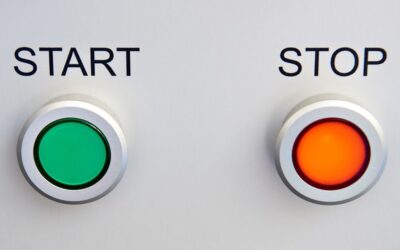
How is this accomplished? By measuring customer value. It is important to periodically take these measurements to understand your marketing effectiveness.
Too many business owners fail to make these calculations. Often, the lack of effort is simply due to a lack of understanding, but the process is actually quite simple when broken down into five steps.
1. Calculate your revenue per customer sale
If you perform contract services, simply measure your average revenue per customer project. If you make sales to a variety of random customers, you may rely on a sales software application to identify the average sale per customer.
2. Determine your gross profit margin
This is the percentage of revenue that you retain after paying direct sales costs, such as inventory, materials, and labor. As an example, having a sales price that’s twice your direct costs renders a gross profit margin of 50%.
3. Identify repeat customers
Determine what percentage of your customers make repeat purchases. For instance, if three-fourths of your customers make future purchases, your repeat rate is 75%. Of course, this percentage is often a bit of a guess, especially if you deal with a large number of customers. But you only need to estimate the percentage of new customers who will make at least one more future purchase. Often, merely asking customers if they will return is sufficient to identify a degree of commitment.
4. Determine your gross profit per sale
Multiply the revenue per customer sale by your gross profit margin. Then multiply this figure by 1 plus the repeat customer percentage. The result is the value of each new customer. If none of your customers do repeat business, the value of each new customer is only your gross profit per sale.
That’s because you’re multiplying gross profit per customer sale by 1.0 rather than, say, 1.75 if your repeat rate is 75%.
Sample equation: Suppose your revenue per customer sale is $200 and your gross profit margin is 50%. You have a $100 gross profit per sale. If three-fourths of your customers do repeat business, each new customer brings you on average $175 of value ($100 multiplied by 1.75—since your repeat rate is 75%).
5. Apply the results
The pragmatic conclusion in this sample case is that spending up to $175 to acquire a single customer results in a break-even situation. That’s a sound general spending goal because repeat customers deliver ongoing profits. Regularly reevaluating these acquisition costs will keep marketing efforts and repeat business on track for long-term success.
Want to learn more about how NextVision Sales Institute can help your organization measure and control customer acquisition costs? Visit us at www.NV-SI.com or email us at in**@nv***.com.






